Dwarven Influence Across Cartyrion
Since their Awakening almost twenty thousand years ago, the Dwarves have spread across all of Cartyrion, establishing strongholds in every corner of the world even before the last of the Folk - the Awkwana and Draconids - ever took first their first breaths. By twelve thousand years ago, thirteen Delves were established, on every major landmass and in places as remote as the northern and southern poles. Since then, only the Humans have surpassed their tendency to explore and settle lands far beyond the place of their Awakening.
As they migrated and established their new strongholds under the tallest peaks of the many mountain ranges in the world, they encountered all the other Folk of the world. And whenever these encounters took place, the Dwarves left their mark. Skills that they had mastered were taught to the new Folk. In some cases, the students would eventually outshine the masters, but the influence of Dwarven talent and technology would always be a part of their craft.
The Tower of Wisdom, the highest structure in Kaal Ruk, is perhaps the best example in the world of Dwarven architecture and craft not executed by the Dwarves themselves.
As they began to encounter others during their expansion expeditions, the Folk admired their craft and began to duplicate it. Different styles evolved to suit different sensibilities: the delicate filigree work of the Elves that emulted fine branches of a tree, the simplicity of plain, narrow bars or bands favored by halflings, the broader, heavier bands worn by Orcs. All were based upon Dwarven technique.
But in one case, the student surpassed the master. The Chittiki, like all other races, were fascinated by and enamored of the gemcraft of the Dwarves, but they took the skill of cutting stones to new heights, far surpassing what the Dwarves had achieved.
The Chittiki, like others, were enraptured by the sparkle and internal fire that seemed to spring forth from a properly cut diamond. And as they were blessed with vast deposits of raw diamonds in the mountains east of the Warrens where they Awakened, their artisans had much opportunity to practice and refine their own skills. Eventually, they developed even greater skill at "reading the stone" to determine the best cuts, and masterd techniques that allowed for far more facets to elicit the sparkle and fire they sought from their stones.
The majority of ships built and sailed by Humans still employ the original design of the Dwarven Carrack. But the Humans are also responsible for a greater variety of ship designs than any other people.
Most of these variations have to do with the size of the ship - larger hulls, more masts, and more decks for weaponry being the major modification areas. Despite these modifications, the basic design of the Dwarven Carrack is still easily discernable.
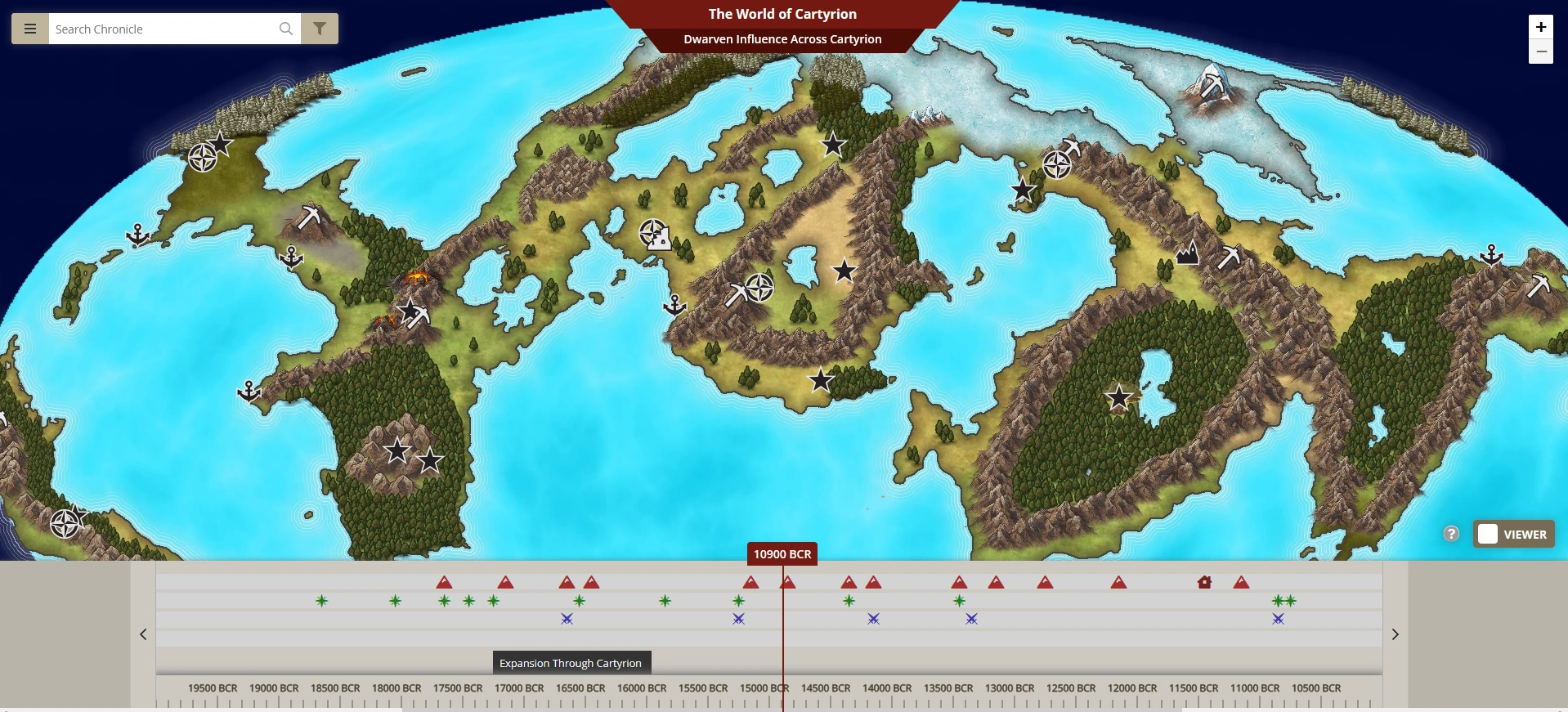
As they migrated and established their new strongholds under the tallest peaks of the many mountain ranges in the world, they encountered all the other Folk of the world. And whenever these encounters took place, the Dwarves left their mark. Skills that they had mastered were taught to the new Folk. In some cases, the students would eventually outshine the masters, but the influence of Dwarven talent and technology would always be a part of their craft.
Stonecraft
The Dwarves who migrated from Ironhills Delve to found the Crystal Delve were the first to encounter Humans. Awakened on the shores of the Inner Sea just to the south, Humans were expanding rapidly, but still relying on simple wood, mud, and thatch structures in their settlements. Crystal Delve Dwarves began to trade their expertise in stonework in exchange for grain that the Humans grew in the fertile lands.
Over the years, Human traders who had the opportunity to see the interiors of the Crystal Delve, and later the more established Iron Hills Delve were awestruck by the majesty of the stone buildings under the mountains. Starting with Dwarven design ideas, and having learned the stonecraft techniques needed to complete intricate, yet durable structures, they developed their own style. The best example of this is the white marble Palace of the High Sovereign in Elderkeep.
Humans were not the first to encounter and adapt Dwarven stonecraft. Long before the first Human drew breath, the Dwarves encountered the Taxlatl people in the lands west of the Second Delve.
The lizardfolk learned from the Dwarves, and used their lessons to build great cities. The capital of Taxl gra Kalakhrassa was their crown jewel. As the Humans later would, the Taxlatl developed their own aesthetic, partly driven by the need to use on soft sandstones instead of the hard granites the Dwarves preferred.
Today, more than two thousand years after the capital was destroyed in the Great Strife, ruins remain as a testament to both that aesthetic and the durability of Dwarven technology.
The precision of Dwarven stonework is a wonder to behold. Stones are shaped carefully, ensuring perfectly straight seams and uniform courses of blocks. Mortar, when used at all, is more of a decorative touch than it is a necessity for strength and stability.
But the most amazing features of the Dwarven craft end up completely hidden in the work. The secret of the strength and durability in their stonework is in the fact that the blocks are not flat-sided. Each block is carved with what a carpenter would call blind mortises and tenons to allow the blocks to interlock securely.
The Awkwana were among the last peoples to Awaken on Cartyrion, and thus were the most recent people to be taught stonecraft by the Dwarves. The citadel built atop the mountain of their Awakening - Kaal Ruk - shows clear influence of Dwarven technology and even aesthetic. The Awkwana are a practical people, more concerned with function than form, and thus have seen little need to experiment with style when the Dwarven look is perfectly functional.Over the years, Human traders who had the opportunity to see the interiors of the Crystal Delve, and later the more established Iron Hills Delve were awestruck by the majesty of the stone buildings under the mountains. Starting with Dwarven design ideas, and having learned the stonecraft techniques needed to complete intricate, yet durable structures, they developed their own style. The best example of this is the white marble Palace of the High Sovereign in Elderkeep.
Humans were not the first to encounter and adapt Dwarven stonecraft. Long before the first Human drew breath, the Dwarves encountered the Taxlatl people in the lands west of the Second Delve.
The lizardfolk learned from the Dwarves, and used their lessons to build great cities. The capital of Taxl gra Kalakhrassa was their crown jewel. As the Humans later would, the Taxlatl developed their own aesthetic, partly driven by the need to use on soft sandstones instead of the hard granites the Dwarves preferred.
Today, more than two thousand years after the capital was destroyed in the Great Strife, ruins remain as a testament to both that aesthetic and the durability of Dwarven technology.
The precision of Dwarven stonework is a wonder to behold. Stones are shaped carefully, ensuring perfectly straight seams and uniform courses of blocks. Mortar, when used at all, is more of a decorative touch than it is a necessity for strength and stability.
But the most amazing features of the Dwarven craft end up completely hidden in the work. The secret of the strength and durability in their stonework is in the fact that the blocks are not flat-sided. Each block is carved with what a carpenter would call blind mortises and tenons to allow the blocks to interlock securely.
The Tower of Wisdom, the highest structure in Kaal Ruk, is perhaps the best example in the world of Dwarven architecture and craft not executed by the Dwarves themselves.
Jewelry and Gemcraft
Ornate jewelry studded with precious and semiprecious gemstones is an almost universal means of displaying wealth and success among the Folk of Cartyrion today. Rings are gifted as tokens of friendship or affection, and are exchanged at life-bondings. Necklaces, bracelets, tiaras and the like are worn to display power, authority, and success. The varied races among the Folk have different tastes when it comes to the appearance and style of their baubles, and they will insist that their styles are unique to their cultures. In reality, all of them can trace roots to craft of the Dwarves, who were the first to turn the precious metals and glittering stones taken from the earth into wearable decorations.As they began to encounter others during their expansion expeditions, the Folk admired their craft and began to duplicate it. Different styles evolved to suit different sensibilities: the delicate filigree work of the Elves that emulted fine branches of a tree, the simplicity of plain, narrow bars or bands favored by halflings, the broader, heavier bands worn by Orcs. All were based upon Dwarven technique.
But in one case, the student surpassed the master. The Chittiki, like all other races, were fascinated by and enamored of the gemcraft of the Dwarves, but they took the skill of cutting stones to new heights, far surpassing what the Dwarves had achieved.
The Chittiki, like others, were enraptured by the sparkle and internal fire that seemed to spring forth from a properly cut diamond. And as they were blessed with vast deposits of raw diamonds in the mountains east of the Warrens where they Awakened, their artisans had much opportunity to practice and refine their own skills. Eventually, they developed even greater skill at "reading the stone" to determine the best cuts, and masterd techniques that allowed for far more facets to elicit the sparkle and fire they sought from their stones.
Shipcraft
The Dwarves called their deep-sea vessels "carracks", and their basic design has been copied by every seafaring people ever since. Sturdily built with overlapping planks over strong ribs and keel, and featuring fore and aft structures that offered both shelter and strength, these three-masted craft could withstand all but the strongest storms and waves.
While different folk have shown preferences for variations in rigging of masts and sails, and some, like the Humans, have experimented with the size of the vessels, the basic construction of the Dwarven carrack remains to this day the basis for the shipwright's craft for thousands of years. The area in which the Dwarves have long had the greatest influence on the rest of Cartyrion has nothing to do with stone or gem - rather it has to do with the sea. Dwarves were the first people to feel the urge to leave solid earth behind and seek a life on the rolling waves. While other peoples, notably Humans, Feliseans, and Awkwana independently developed crude craft that allowed for gathering of fish and other resources near shorelines, it was the Dwarves that mastered the deep with skills and technology that all seafaring people would eventually adopt.
Just as with stonecraft adaptation, the Awkwana have modified the basic Dwarven designs the least, with little change to the rigging patterns used by the Dwarves that taught them. Their only significant modification - one that the Dwarves adapted themselves eventually, was the modification of the sterncastle to accomodate a platform for a Stormtamer - a spellcaster trained specifically in the art of controlling storms and waves.
The Feliseans have experimented the most with unusual rigging designs. They developed rigging systems that are hybrids of every sail style tried by others over the years.
As a result, a skilled crew can deploy the best rigged sails for a variety of wind conditions, allowing for greater speed and less jagged tacking. They do, however, have a reputation for capsizing in the rapidly shifting winds of a sea storm.
Chittiki ships tend to downplay the promience of fore and stern castles, though the skeletons of these structures are preserved and help keep their sleek-looking ships seaworthy.
Their approach to sails and rigging has been almost the opposite of the Feliseans; they opt for fewers, but larger sails on masts, spars and yardarms that can be maneuvered through a wide range to catch the wind.
While different folk have shown preferences for variations in rigging of masts and sails, and some, like the Humans, have experimented with the size of the vessels, the basic construction of the Dwarven carrack remains to this day the basis for the shipwright's craft for thousands of years. The area in which the Dwarves have long had the greatest influence on the rest of Cartyrion has nothing to do with stone or gem - rather it has to do with the sea. Dwarves were the first people to feel the urge to leave solid earth behind and seek a life on the rolling waves. While other peoples, notably Humans, Feliseans, and Awkwana independently developed crude craft that allowed for gathering of fish and other resources near shorelines, it was the Dwarves that mastered the deep with skills and technology that all seafaring people would eventually adopt.
Just as with stonecraft adaptation, the Awkwana have modified the basic Dwarven designs the least, with little change to the rigging patterns used by the Dwarves that taught them. Their only significant modification - one that the Dwarves adapted themselves eventually, was the modification of the sterncastle to accomodate a platform for a Stormtamer - a spellcaster trained specifically in the art of controlling storms and waves.
The Feliseans have experimented the most with unusual rigging designs. They developed rigging systems that are hybrids of every sail style tried by others over the years.
As a result, a skilled crew can deploy the best rigged sails for a variety of wind conditions, allowing for greater speed and less jagged tacking. They do, however, have a reputation for capsizing in the rapidly shifting winds of a sea storm.
Chittiki ships tend to downplay the promience of fore and stern castles, though the skeletons of these structures are preserved and help keep their sleek-looking ships seaworthy.
Their approach to sails and rigging has been almost the opposite of the Feliseans; they opt for fewers, but larger sails on masts, spars and yardarms that can be maneuvered through a wide range to catch the wind.
The majority of ships built and sailed by Humans still employ the original design of the Dwarven Carrack. But the Humans are also responsible for a greater variety of ship designs than any other people.
Most of these variations have to do with the size of the ship - larger hulls, more masts, and more decks for weaponry being the major modification areas. Despite these modifications, the basic design of the Dwarven Carrack is still easily discernable.
Chronicle of Dwarven Influence
Click on the image below for an interactive opportunity to explore the history of Dwarven influence spread across Cartyrion. Follow their expansion and their first encounters with the other Folk of the world.

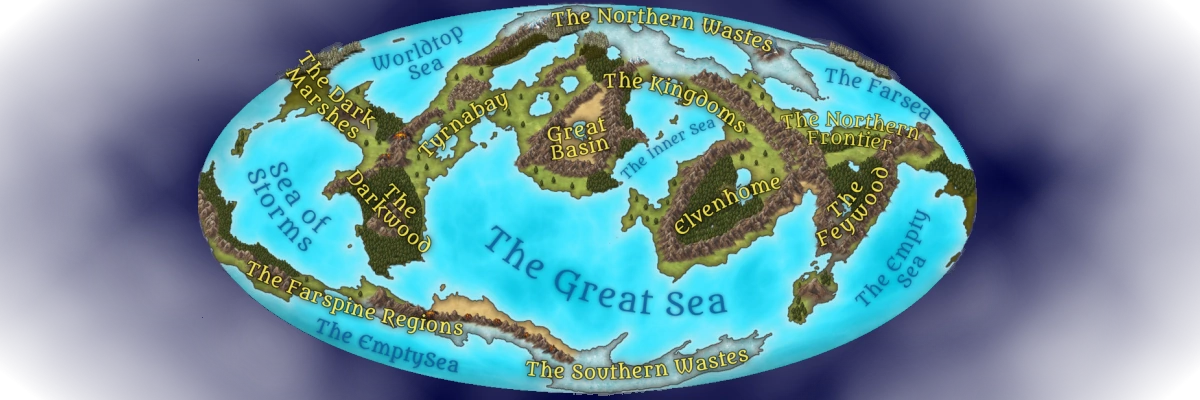

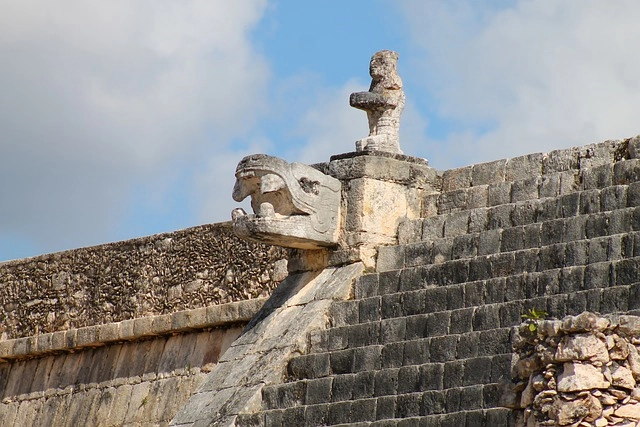
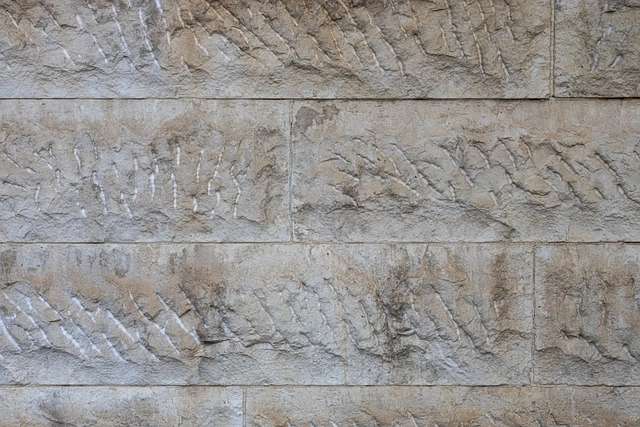

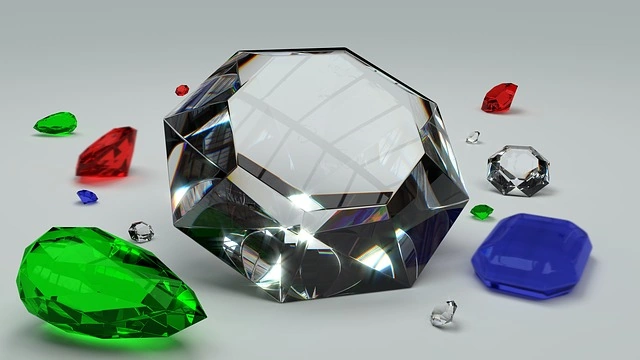
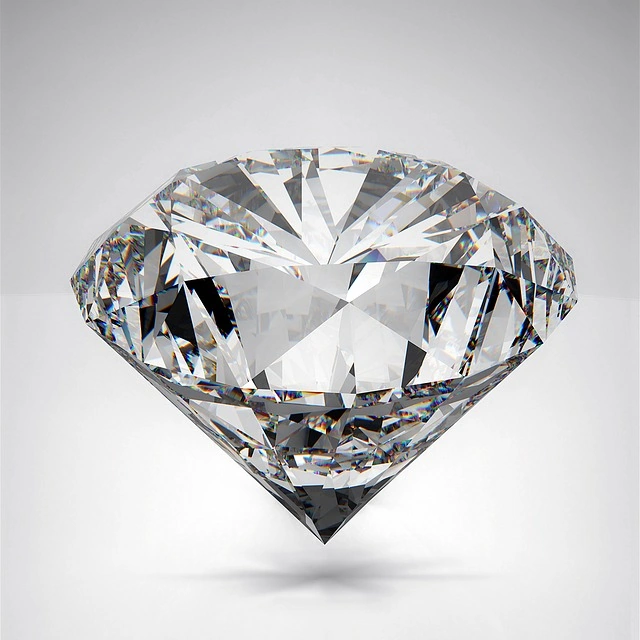

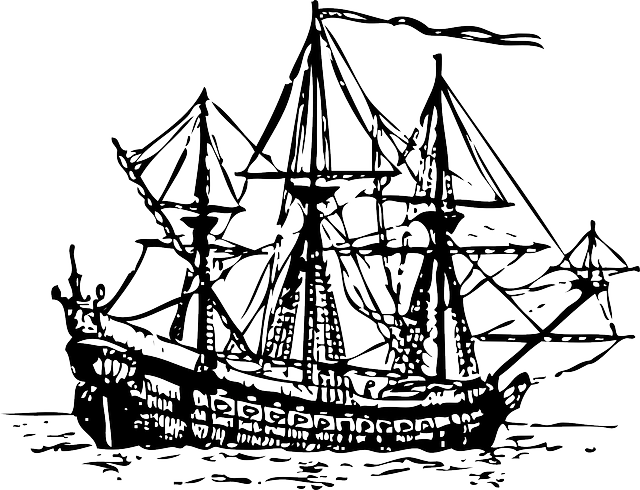

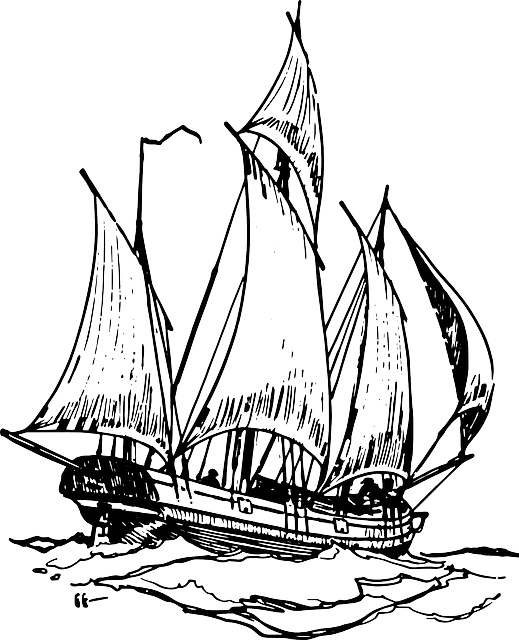






Your layout is so clean, and easy to use as a reference. BTW I straight-up "borrowed" your title,... except for the dwarf part.. Hope you don't mind.
I don't mind at all! I'm thrilled if any of this was helpful. Thanks for reading the article and even more thanks for taking the time to leave a comment. They're always appreciated!
The Perseus Arm - A new, alternative setting for fans of Traveller in any of its variations.
Laurels & Loot is a new, lightweight TTRPG rules system that hearkens back to the early days.